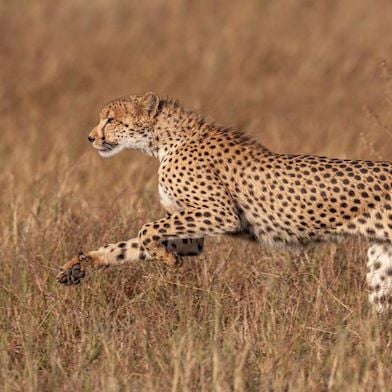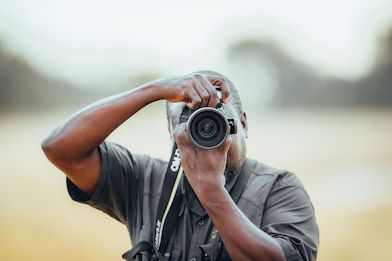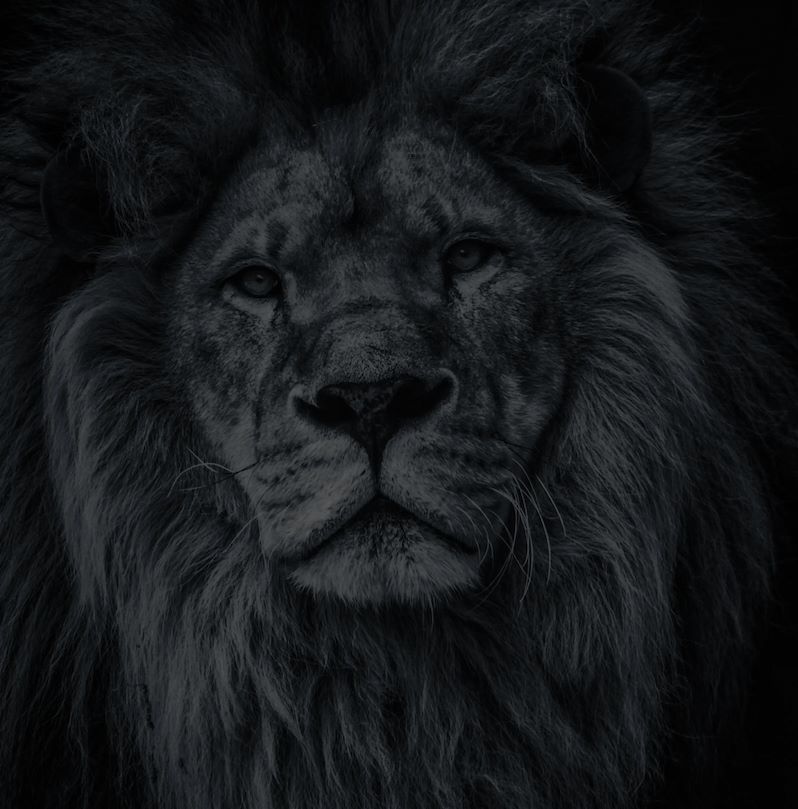Luke is a professional lifestyle and adventure photographer with a passion for emotive storytelling through his photography. He is also an imaging ambassador for Tamron EU. He tends to focus on the Nordic regions, inspired by their ever-changing weather, mountains and drama. Born in the UK, Luke worked in the City of London in Finance, but transitioned to photography in 2017 to follow his passion.

Luke has spent the last several years travelling the world in search of some of the most unique environments to shoot, spending the majority of his time abroad creating photographic and video content for leading international brands, including Adobe, The North Face and Visit Greenland.
In his spare time Luke enjoys Thai food, catching up on Netflix and reading a good book in a cosy café!
"Capturing photos of nature allows me to connect more deeply with the world around me."
What type of photography do you specialise in?
I would say landscape photography is the mainstay of my career now, and I make this work through a variety of different channels, primarily my Instagram platform, partnering with the likes of Adobe, Tamron and Viewsonic as an ambassador. I also work with a number of different destinations and regions, for example commissions for Visit Iceland, Greenland, USA and Dubai.

I also teach people through my online course at www.lightroom-masterclass.com.
I occasionally take on lifestyle shoots, but not as often as you may think! I do enjoy getting creative here, with clients such as Aston Martin, Fjallraven and Samsonite. However, I would say being out in nature, capturing landscapes and wildlife is where my heart is at!
Have you had any formal photography training? If not, how did you get to where you are today?
None at all. I think the best way to learn the craft is to get hands-on and get out shooting. You learn more in the field through trial and error than in any classroom. That being said, there are a ton of resources online if you have specific questions about niche photography, gear-related queries, etc.
I would also say you learn a lot from your creative peers. Travelling with others is a great way to share resources, knowledge and get creatively inspired.

What animal would you most like to capture that you haven’t already?
The black panther, ever elusive but incredibly beautiful. I tried my luck recently in India without success!
What do you love most about your work as a landscape/wildlife photographer?
I would say being surrounded by nature during my day-to-day is so calming, stress-free and of course, outstandingly beautiful for the most part!
Another plus is getting to try local cuisine from all over the world.
Where in the world is your favourite place to capture wildlife and why?
I would say so far, it has been in the lush forests of Nagarahole National Park in India. There is something so special about the foliage and greenery, they turn a photo into a fairytale scene.

What advice would you give to young photographers who are just starting out and considering pursuing a career in wildlife photography?
A career in wildlife photography in particular is probably quite a difficult niche to get into. There is not much of an income source apart from prints and workshops, but it’s an incredible hobby to get into.
I would suggest branching out into something less niche as a photographer and then specialising once you have built an audience, client portfolio and extensive knowledge of the industry.
What are your top tips for capturing wildlife in its natural habitat?
Patience, calm and composition.
The former is quite obvious, but composition is also incredibly important to make it an impactful photo.

Try to stay low to the ground in order to involve some foreground element that transforms the image into more of an artwork. Shoot at sunset or sunrise to maximise that golden light – this is also often when the animals are on the move, as they tend to avoid harsh sunlight.
Do you have anything exciting on the horizon that you can tell us about? Or your next planned visit to Africa?
I am currently in the works planning a trip to Madagascar this autumn! I can’t share too many more details, but this is in collaboration with Adobe and the Madagascan tourism office, but there will be a heavy wildlife focus, which I can’t wait to explore!
What is one of your favourite images of Africa (that you have taken) and why?
It would have to be this image of the dunes in Namibia, being lit by the early morning sun into a reddish gold. This one is my favourite!

For aspiring photographers, those of us who simply point and shoot, what would your recommended settings be?
Shoot manual for wildlife, shift your ISO to auto and shoot as low as you can for this.
Aperture as low as possible.
Shutter speed is the main variable, push this lower if the animal is slow or stationary, but push it up to 1/4000 for birds in flight!
A fast lens like a 400/2.8 is expensive but worth it for the amount of light it allows in!
Worth setting a custom function to shift between slow and fast shutter instantly.

Conservation, Community and Philanthropy Efforts
Tell us about any conservation or community initiatives you support, run or started.
During my last trip to Africa, we visited the rhinos at Okonjima Nature Reserve. They are constantly in danger, with their horns being so sought after. We promoted the reserve on social media and brought their needs to the attention of my global audience in order to support these animals through additional funding. It was an incredible experience to see these animals up close.
You recently travelled to India. Tell us more about your experience?
A two-week trip full of expeditions in both Ranthambore, Rajasthan as well as in Nagarahole and Kabini forests, Karnataka. I saw plenty of tigers, tiger cubs, and monkeys, but my favourite of all were the sleepy owls perched up in the branches.

I would highly recommend visiting India for its wildlife, culture and incredible food. The guides are very friendly and as long as you avoid the monsoon season it should be excellent for sightings.













